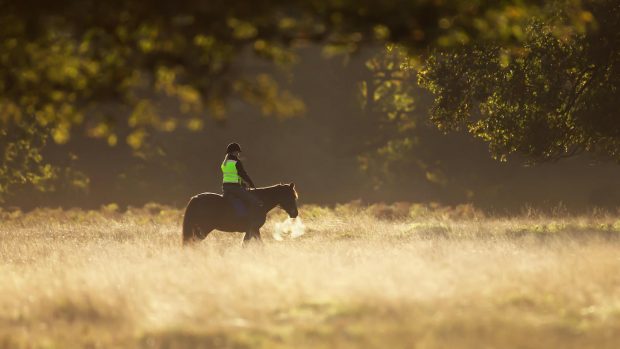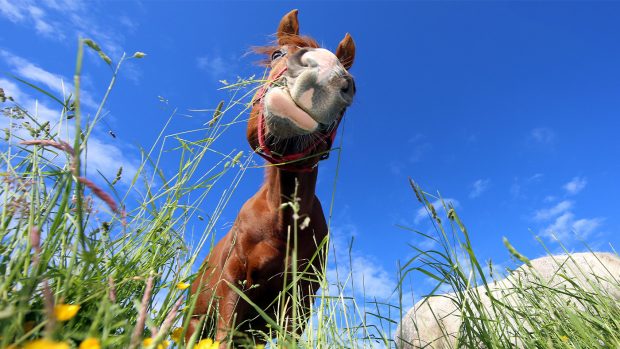Feeding is one of the most important aspects of horse care so it is worth educating yourself, whether you have one horse or a yard full. New feeds offering various benefits are constantly coming on to the market so try to keep abreast of these changes.
Get the knowledge by:
- reading articles like this
- attending clinics and events where you will be able to talk to experts
- joining an equine club that arranges evening talks with nutritionists
- attending evening classes at your local college
- talking to feed merchants – especially those with feeding diplomas
- making use of feed company helplines
- asking the advice of professionals such as vets, qualified riding instructors and welfare officers
- buying a reference book. There are many books available to purchase from bookshops and online. (I would recommend Horse Nutrition and Feeding by Sarah Pilliner, published by Blackwell Scientific Publications.)
Hands up if you are guilty of thinking that double the amount must be twice as good. It is a common misconception with supplements and feeds.
Remember, the liver has to detoxify everything you feed your horse. Think of people who drink to excess. The first thing to suffer is usually the liver because it cannot cope with detoxifying the level of alcohol. The same is true for the horse.
The more minerals and vitamins you feed, the harder the liver has to work, resulting in problems later in life. The horse will only take those minerals and vitamins he requires. He will store a few but most will be excreted.
Importance of weight
When feeding, weigh hay and concentrates daily. Don’t forget that a scoop has a wide surface area and a rounded scoop-full can contain as much as 20 per cent more than a level scoop, while a heaped scoop can be up to 50 per cent extra.
If someone else is feeding your horse for you, stipulate the levels that should be fed. It is very easy to add a little extra – especiallyif it is not you who is paying the feed bill!
When buying a scoop, get a jug shape rather than a shovel or round bowl. It has less surface area, which makes overfeeding more difficult.
Hay can generally be fed ad lib, but it is worth weighing haynets so that over a period of time you can gauge how much your horse gets through and avoid leftover amounts being trodden into his bed.
This might be particularly prudent this year when good hay may be in short supply and expensive. By over feeding a slice of hay a day, you can easily use an extra bale a week.
Feeding the right hay
Do you know which grasses should you look for in hay for a laminitic pony or a competition horse?
Traditionally poor quality hay was fedto laminitics, but now hay with grasses that are not too rich such as timothy, meadow grass and fescues is advised.
Competition horses are more likely to perform well on hay containing a high proportion of perennial rye grass. The conditions and timing when hay making, however, are very important.
It’s easy to know names of poisonous plants like ragwort, foxglove, deadly nightshade and St John’s Wort, but do you actually know what they look like? A good weed identification book is a valuable asset for any horse owner.
Choose a reputable feed company and speak to its nutritionist on a regular basis. Learn how its range of products work, but don’t be tempted to mix and match different brands.



